TELMAX: A New Era of Flexibility at CERN's Antimatter Factory
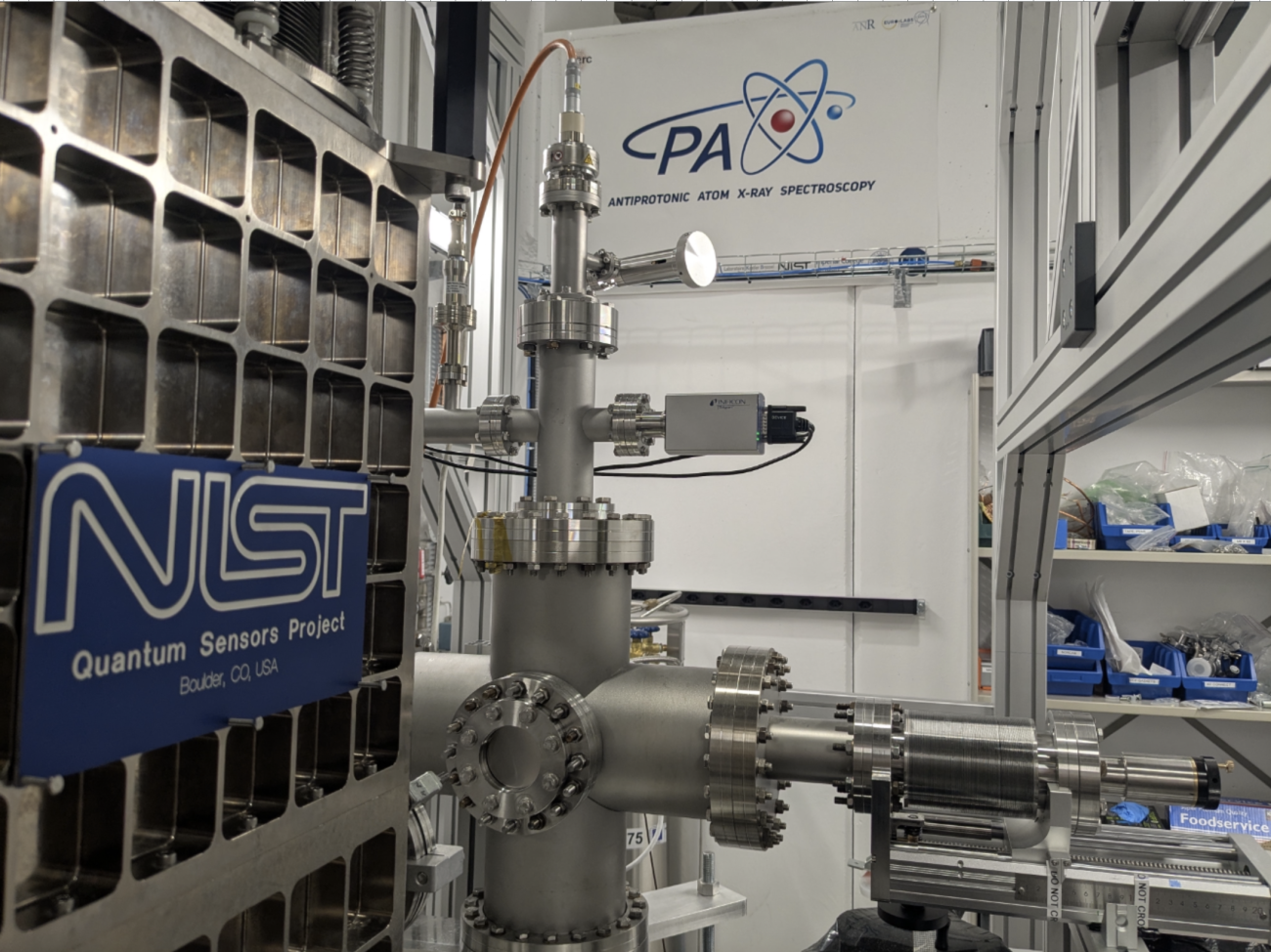
PAX UHV test chamber equipped with linear target manipulator and Ti x-ray window. The ADR cryostat containing the TES detector can be seen facing the chamber in its measurement position. X-rays from the antiprotonic atom cascade traverse the Ti window and are measured with the TES.
In a significant transformation at CERN’s Antimatter Factory, a previously dormant beamline has been brought back to life as TELMAX—the TEst Line for Machine And Antimatter eXperiments. Originally used by the ATRAP experiment, which concluded in 2018, the site has been reimagined as a versatile, openly accessible platform for short-term antiproton experiments. TELMAX enables users to test components, launch exploratory studies, and carry out precision measurements without the commitment of a long-term installation. It operates on a rolling application basis managed by the AD/ELENA physics coordination team—lowering the barrier for new groups to engage with CERN’s antimatter infrastructure and facilitating detector R&D, radiation hardness tests, and proof-of-concept studies.
Supplied vertically by ELENA—the Extra Low ENergy Antiproton ring, which performs the final deceleration of antiprotons—TELMAX delivers its beam to an open space where users can install UHV chambers or detectors according to their needs. This innovative test area, spanning 14.5 m² within the AD Hall at the former ATRAP2 site, is fully equipped with essential utilities, including power, cooling, shielding, access controls, beam triggers, and an overhead crane. Its transformation involved the removal of the original platform, reconfiguration of the beamline, and a comprehensive overhaul, which was completed in 2024. TELMAX delivered its first beam in May 2025.
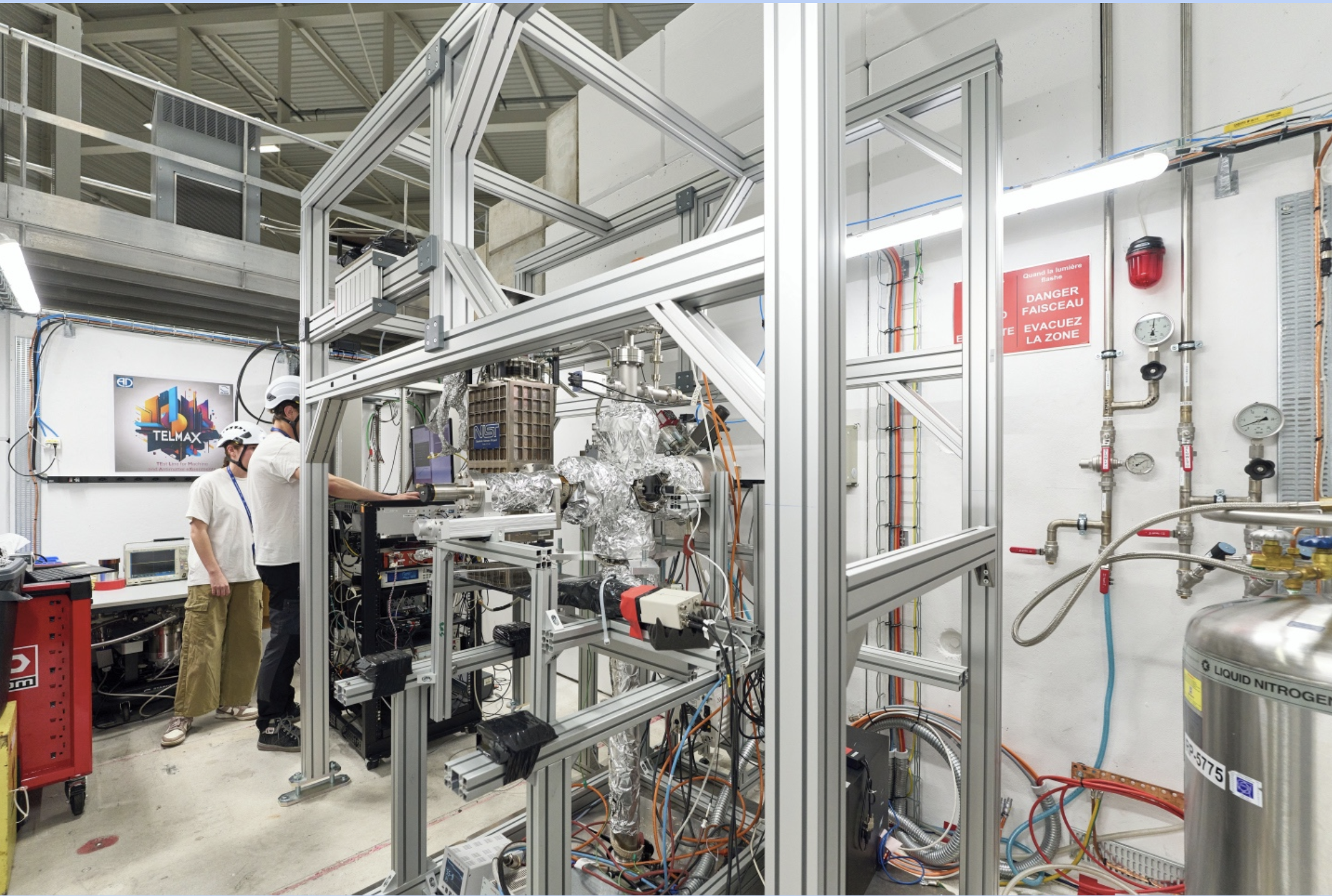
The first experiment to make use of this new facility is PAX—short for antiProtonic Atom X-ray spectroscopy. Led by researchers from CNRS and funded by the European Research Council, PAX explores the limits of strong-field quantum electrodynamics (QED) by studying atoms in which an antiproton replaces an electron. By analysing the X-rays emitted during atomic transitions in these exotic atoms, the team aims to detect discrepancies between experimental observations and theoretical predictions—deviations that could signal physics beyond the Standard Model.
To create these antiprotonic atoms, PAX directs ultra-low-intensity antiprotons from TELMAX onto a variety of metallic and gaseous targets. A crucial feature of TELMAX is its ultra-low-intensity mode, which reduces the beam’s intensity by a factor of a thousand and can deliver a long train of small pulses over 10–20 seconds. The intensity of individual mini-bunches can be finely tuned with the AD/OP team, enabling the kind of delicate measurements on sensitive detectors that would be impossible under typical beam conditions that are best adapted to trapping experiments. This new operating regime not only meets the stringent requirements of PAX but also opens the door to similarly demanding detector test experiments in the future.
Central to PAX’s experimental setup is a novel quantum-sensing detector based on Transition Edge Sensor (TES) microcalorimeters, developed by the Quantum Sensors Division at the US National Institute of Standards and Technology (NIST) and the University of Colorado (CU). These detectors measure the change in resistance in superconducting circuits as single photons are absorbed, providing energy resolutions 50–100 times better than conventional semiconductor detectors—better than 100 eV at 100 keV. These superconducting detectors also provide other properties essential for PAX, including high quantum efficiency for rapid measurement, broadband spectral coverage, and the ability to determine the measured X-rays with an accuracy of approximately 1 eV. Operated at cryogenic temperatures as low as 80 millikelvin using an Adiabatic Demagnetisation Refrigerator (ADR), this marks the first application of TES-based detectors in antimatter research, bringing cutting-edge X-ray astronomy and materials science techniques into the particle physics domain. The NIST/CU team also supported the deployment of this system at CERN, underscoring the broader scientific relevance of this effort.
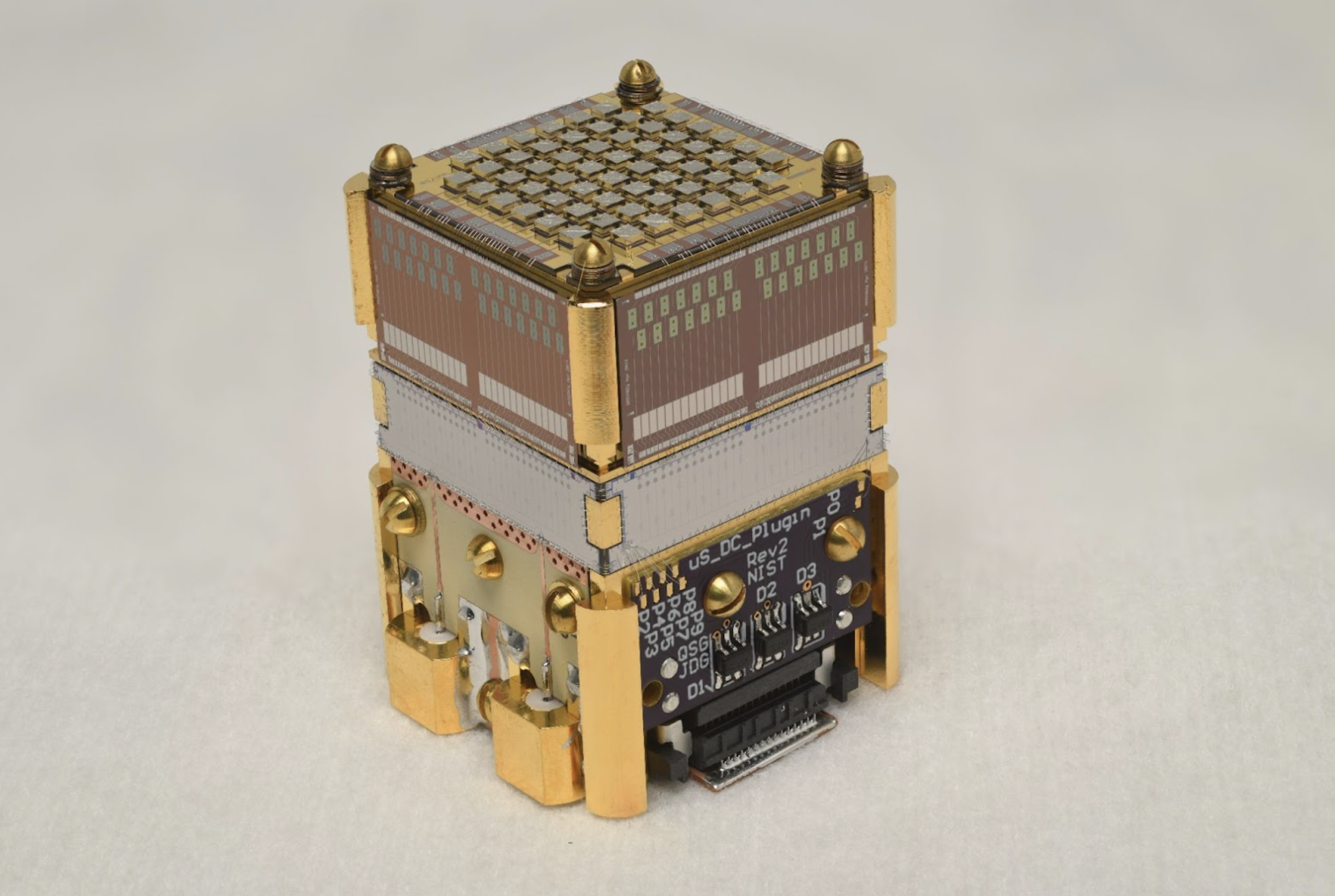
PAX’s initial measurement campaign is expected to conclude by July 2025. Early results are already generating interest across the antimatter community, particularly for their potential to test fundamental symmetries and constants with unprecedented precision. The collaboration uses TELMAX to irradiate various targets—metallic (e.g. zirconium, silicon, or gold) and in the future will address gaseous targets (e.g. neon, argon, krypton, xenon)—to create and study these unique atomic systems for precision QED tests free from electron-refilling effects.
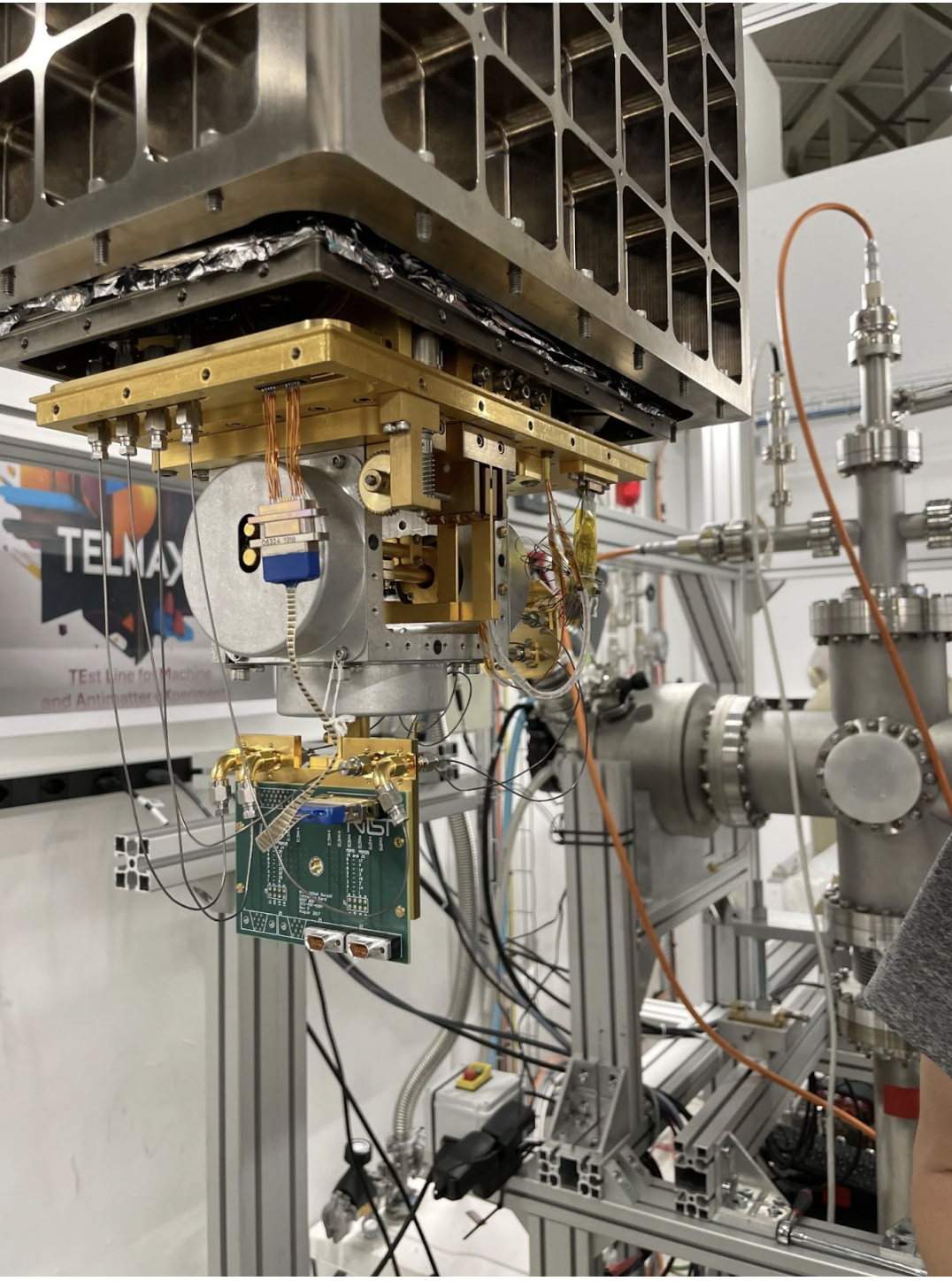
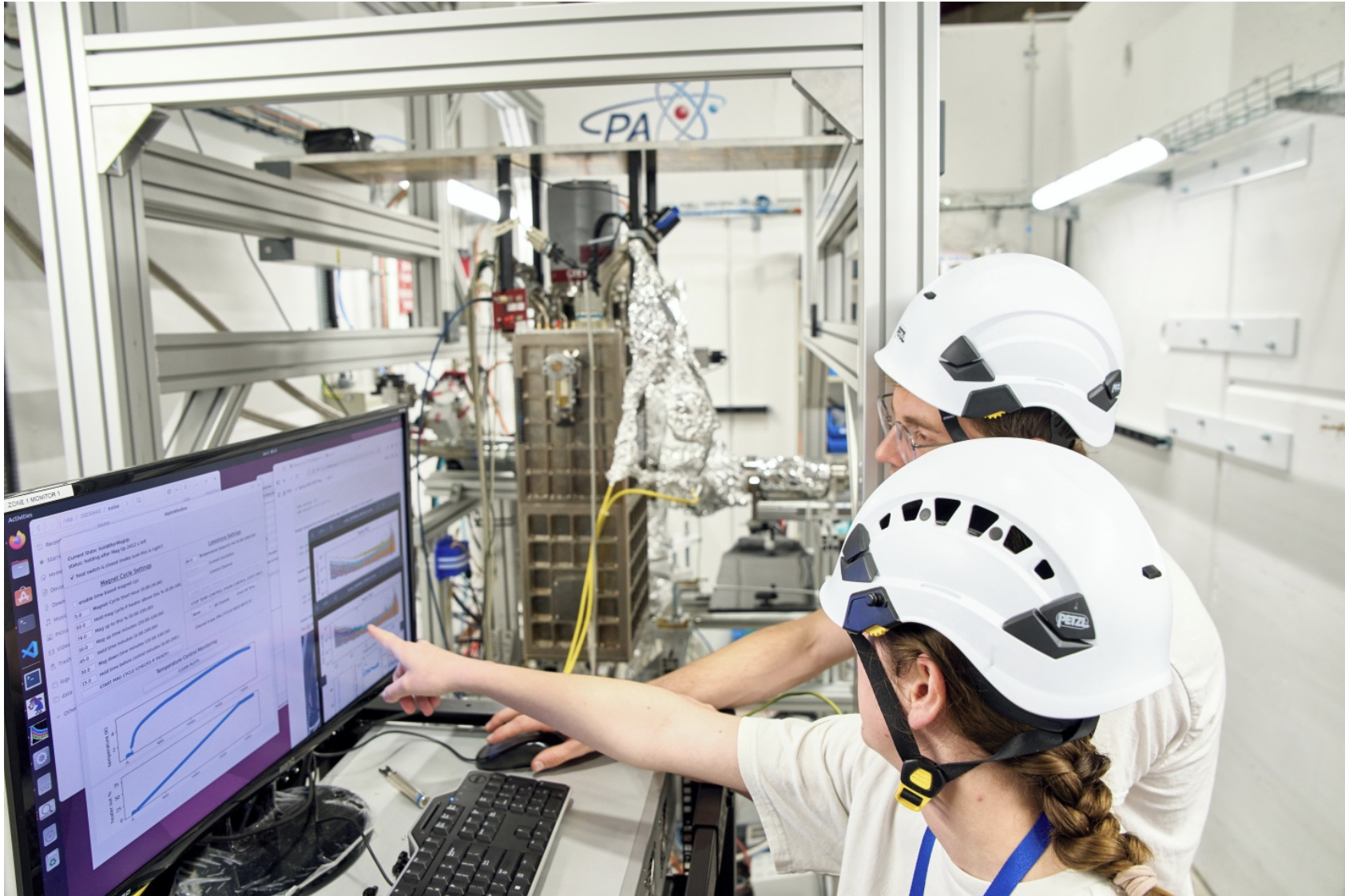
By transforming a long-unused section of the Antimatter Factory into a flexible and state-of-the-art facility, TELMAX has already proven its worth—not only in supporting PAX, but in establishing a new paradigm for rapid-access experimentation at CERN. A potential upgrade under consideration involves integrating a 90-degree deflection system, initially developed by the Max Planck Institute for the BASE-STEP experiment. This would significantly broaden the types of experiments TELMAX can host, from atomic physics to beam instrumentation and detector development.
As summer 2025 progresses, additional experimental proposals are under review. TELMAX is poised to support the next wave of innovative projects, exemplifying a new ethos of adaptability and collaboration at the heart of CERN’s antimatter research.
Acknowledgment: The authors would like to thank Dr. Daniel Swetz (NIST) for his contributions to this article and careful review.
